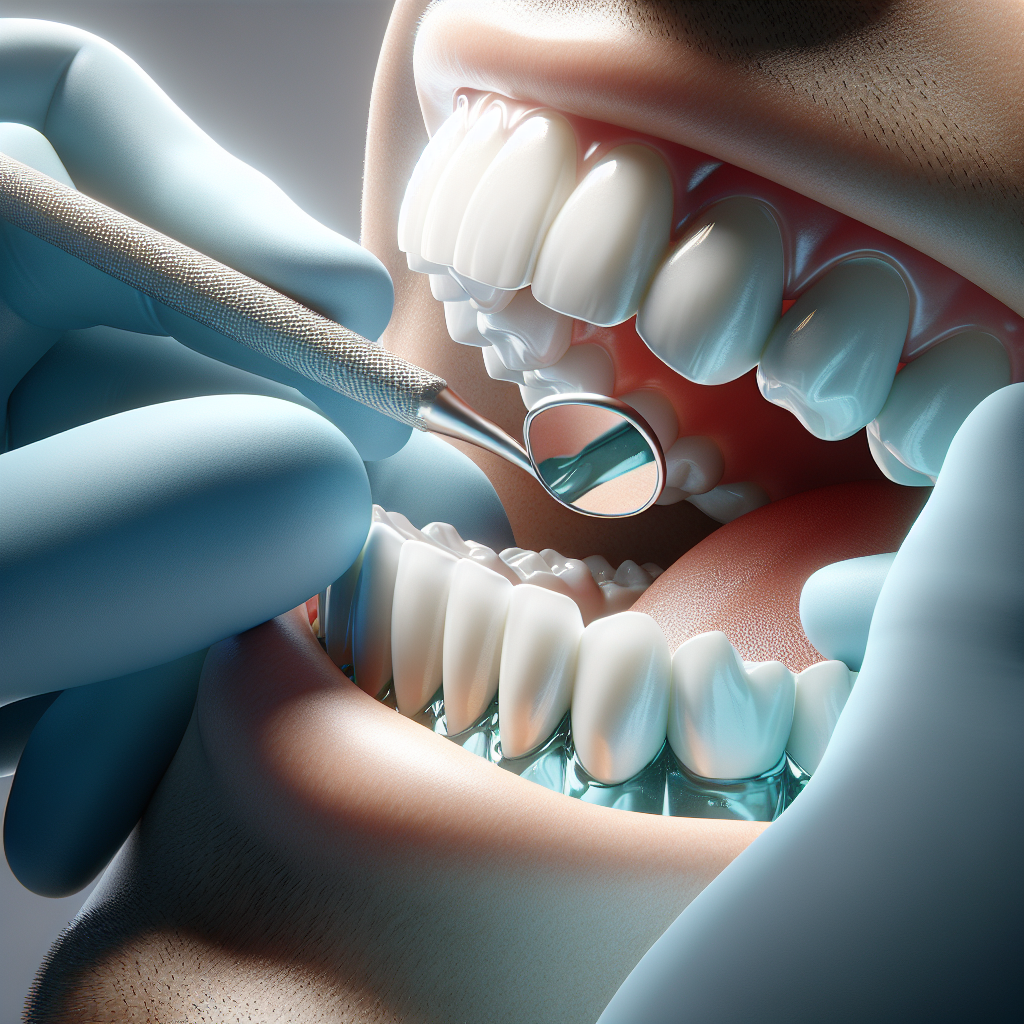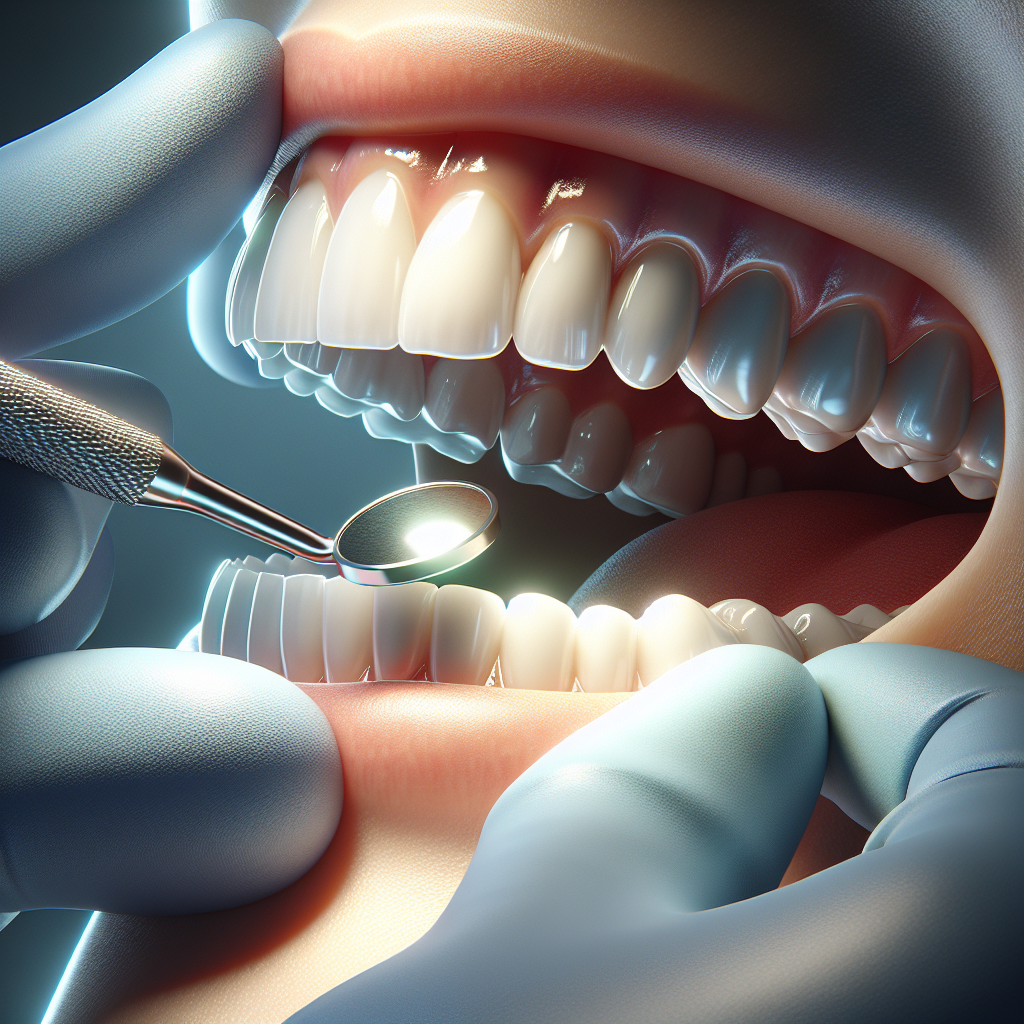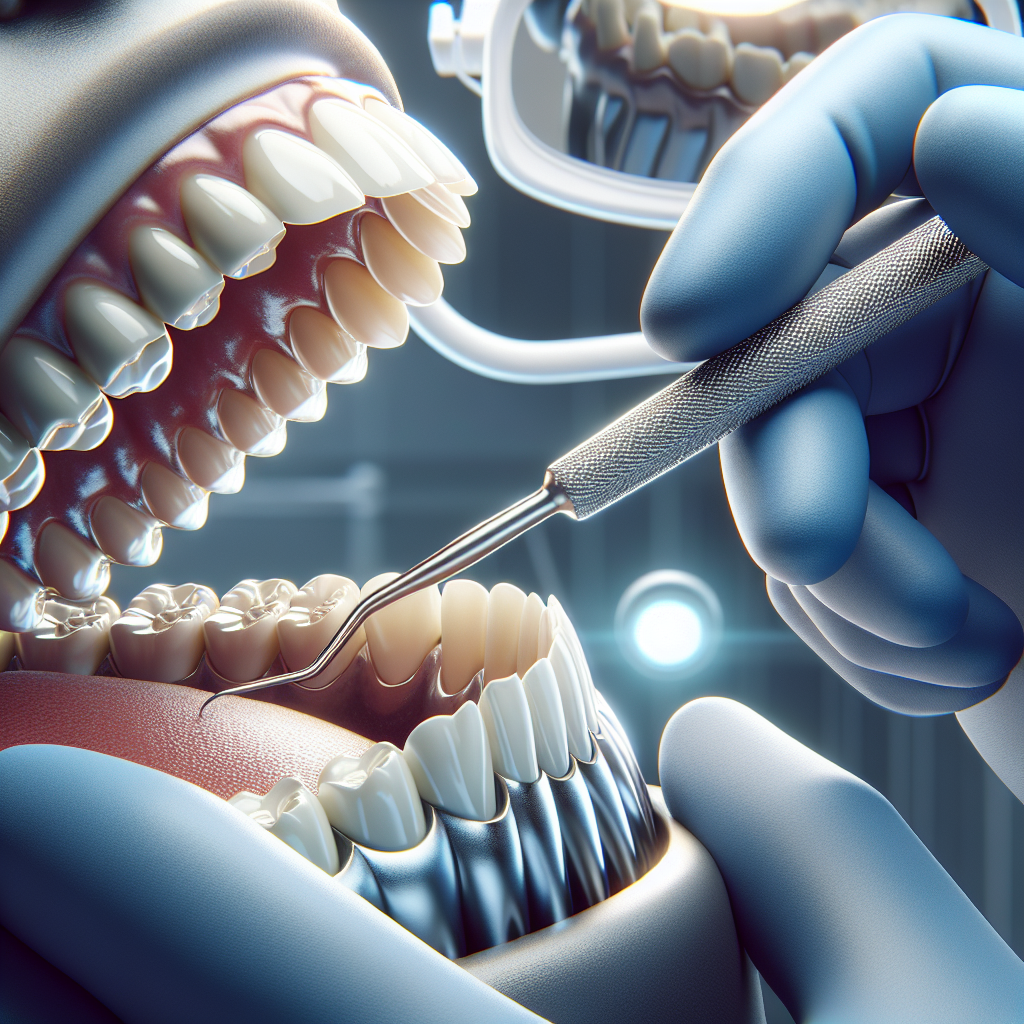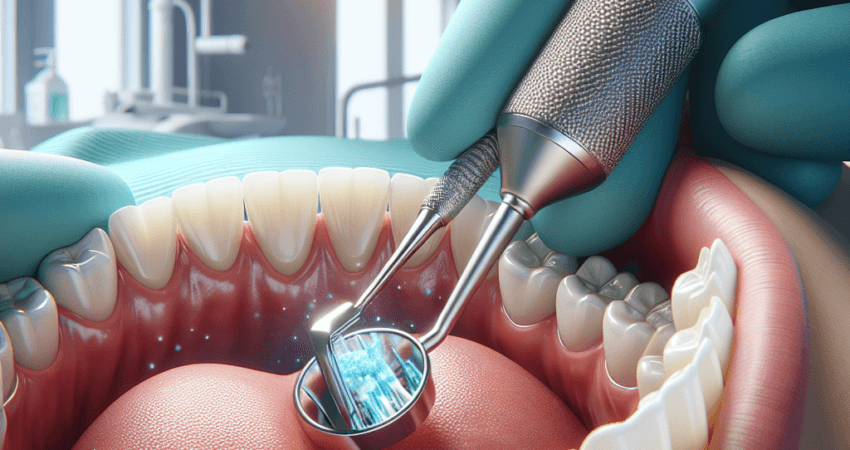- October 23, 2024
- Derek
Disadvantages and Cost of Deep Cleaning Teeth
When it comes to maintaining oral health, regular dental check-ups and cleanings play a crucial role. However, sometimes a regular cleaning is not enough, especially for those dealing with periodontal disease or significant plaque buildup. This is where deep cleaning teeth, also known as scaling and root planing, comes into play. Unlike standard dental cleanings, deep cleaning teeth goes below the gum line to remove tartar and bacteria, helping to prevent gum disease and its progression.
Deep cleaning teeth is designed to treat gum disease and prevent it from causing more severe health issues. It’s particularly beneficial for individuals experiencing symptoms like bleeding gums, persistent bad breath, or gum recession. By addressing these issues early on, deep cleaning can help in maintaining healthier gums and teeth.
While this procedure offers significant benefits, it is essential to consider both the costs and potential disadvantages associated with it. Understanding these aspects will enable you to make an informed decision about whether deep cleaning is right for you.
For more detailed insights into the advantages and disadvantages of deep cleaning teeth, along with guidance on managing expenses, visit our website to learn more and get your FREE Quote today! Click here.
Understanding Deep Cleaning Costs

When considering deep cleaning for your teeth, understanding the associated costs is crucial. The cost of deep cleaning teeth can vary significantly depending on several factors, including the extent of the gum disease, the geographical location of the dental practice, and the expertise of the dentist performing the procedure. Typically, the procedure is priced per quadrant of the mouth, with each quadrant potentially costing between $100 to $400. Therefore, a full mouth deep cleaning might range from $400 to $1600.
Insurance coverage can play a significant role in managing these costs. Many dental insurance plans cover a portion of the expense, especially if the procedure is deemed medically necessary due to periodontal disease. However, coverage limits and out-of-pocket expenses can vary, so it’s advisable to consult with your insurance provider beforehand to understand what portion of the cost will be covered.
Additional factors such as the need for follow-up treatments or the use of advanced technology like laser therapy might also influence the total cost. Some dental practices may offer payment plans or financing options to help manage the expense, making the procedure more accessible to a broader range of patients.
Ultimately, investing in your oral health through deep cleaning can prevent more costly dental issues down the line. By taking proactive steps, you can maintain healthier gums and teeth while also being mindful of the financial implications.
Potential Disadvantages of Deep Cleaning

While deep cleaning is an essential procedure for maintaining oral health, it is not without its potential disadvantages. One of the most common concerns is gum sensitivity. After the procedure, patients may experience heightened sensitivity in their teeth and gums, which can lead to discomfort when consuming hot or cold foods and beverages. This sensitivity is usually temporary, but it can be bothersome for some individuals.
Another potential disadvantage is gum recession. During deep cleaning, plaque and tartar are removed from below the gum line, which can sometimes lead to the gums receding, exposing more of the tooth’s root. This can result in aesthetic concerns and increased sensitivity.
There is also the risk of infection. Although rare, the process of deep cleaning can open up spaces between the teeth and gums, potentially allowing bacteria to enter and cause an infection. Dentists typically mitigate this risk by prescribing antibiotics or recommending antiseptic mouthwashes post-procedure.
Additionally, patients may experience temporary discomfort or bleeding during and after the procedure. This is generally mild and manageable with over-the-counter pain relief, but it’s something patients should be prepared for.
It’s important to weigh these potential disadvantages against the benefits of deep cleaning, which significantly outweigh the risks for most individuals. Regular communication with your dental care provider can help in managing these disadvantages effectively, ensuring optimal oral health in the long term.
Weighing Benefits Against Costs

When considering deep cleaning, it’s crucial to weigh the benefits against the costs to make an informed decision. While the financial aspect can be a significant factor, understanding the long-term advantages of deep cleaning might justify the expense.
One of the primary benefits of deep cleaning is the prevention of serious gum diseases such as periodontitis, which can lead to tooth loss and other severe health issues if left untreated. By investing in deep cleaning, you are essentially investing in your oral health, which can save substantial costs associated with more extensive dental treatments in the future.
Additionally, deep cleaning can improve overall dental hygiene and enhance the aesthetic appearance of your smile. Removing plaque and tartar build-up not only reduces the risk of cavities and infections but also leads to fresher breath and a brighter smile, which can boost self-confidence.
Financially, the cost of deep cleaning can vary depending on the extent of cleaning required and the geographical location. It might be covered partially by dental insurance, reducing out-of-pocket expenses. However, even without insurance coverage, many dental practices offer payment plans or discounts to make the procedure more accessible.
Ultimately, while the upfront cost might seem high, the long-term advantages, including maintaining oral health and preventing costly dental problems, make deep cleaning a worthwhile investment for many individuals. By analyzing both the benefits and costs, you can make a decision that aligns with your health priorities and financial situation.
Managing Dental Cleaning Expenses

When it comes to managing dental cleaning expenses, understanding your options can significantly ease the financial burden associated with deep cleaning procedures. Despite the potential costs, there are several strategies you can employ to make dental care more affordable.
Firstly, check with your dental insurance provider to determine what portion of the deep cleaning costs are covered. Many insurance plans offer partial coverage for periodontal treatments, which can substantially reduce your out-of-pocket expenses. If insurance coverage is limited or unavailable, consider exploring in-house financing options offered by dental practices. These plans often allow patients to spread payments over time, making it easier to budget for necessary treatments.
Additionally, some dentists may offer discounts for upfront payment or provide a sliding scale for those with lower incomes. Don’t hesitate to discuss financial concerns with your dental care provider as they might have solutions you haven’t considered.
Another way to manage expenses is by keeping up with regular dental check-ups and cleanings. Routine care can prevent the need for more extensive and costly procedures later on. Practicing good oral hygiene at home, such as brushing and flossing regularly, also plays a critical role in maintaining dental health and potentially minimizing the need for deep cleanings.
Moreover, consider using a Health Savings Account (HSA) or Flexible Spending Account (FSA) if available. These accounts allow you to use pre-tax dollars for qualified medical expenses, including dental procedures, further reducing the financial impact.
By exploring these options and maintaining consistent dental care, you can effectively manage and reduce the expenses associated with deep cleaning, ensuring your oral health remains a priority without breaking the bank.
Conclusion: Making Informed Decisions

In navigating the complexities of dental care, particularly when it involves deep cleaning, it’s essential to weigh both the costs and potential disadvantages. While deep cleaning can be invaluable for maintaining gum health and preventing periodontal disease, understanding the financial implications and possible risks is crucial for making informed decisions.
As we have discussed, deep cleaning teeth involves more than just the upfront expense. It requires consideration of potential discomfort and the necessity of multiple visits. However, by proactively managing your dental cleaning expenses, utilizing insurance benefits, and exploring payment options, you can mitigate some of these financial challenges.
Ultimately, the decision to undergo a deep cleaning procedure should be based on a thorough discussion with your dental care provider, considering your specific oral health needs and financial situation. Remember, maintaining regular dental check-ups and practicing good oral hygiene are key strategies in preventing the need for more intensive interventions.
If you’re considering deep cleaning or simply want to learn more about maintaining oral health, visit our website to learn more and get your FREE Quote today! Click here to explore your options and take the first step towards a healthier smile.
